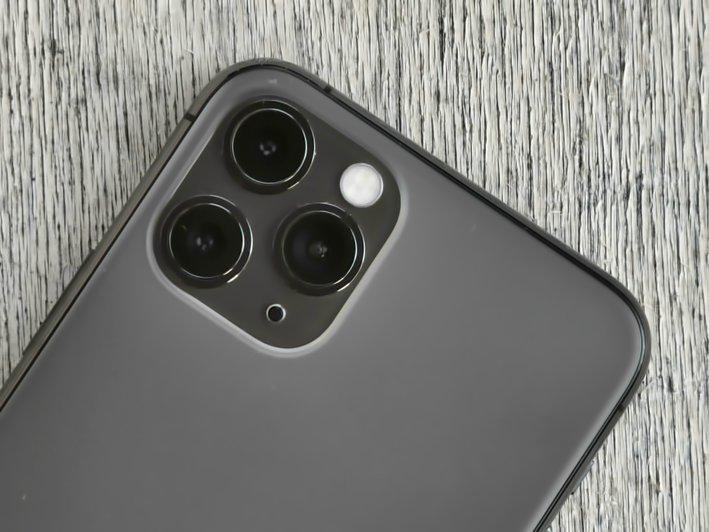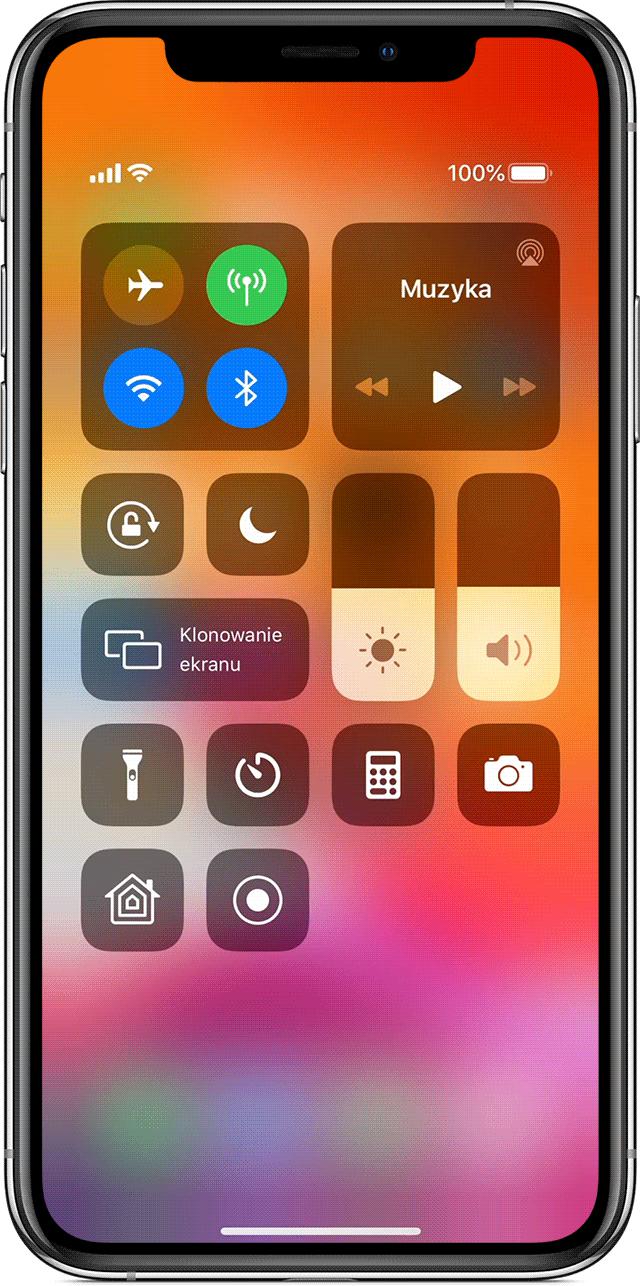For the purchase of the iPhone 11 Pro, I decided as soon as I found out that he would have extensive video editing possibilities with the option of color correction, croping movies, correcting their horizon and much more, and all this directly from the photo application.Later I found out that the camera itself was also significantly improved ...
However, before I get to the cameras, here are some insights after the first days of using the iPhone 11 Pro ...
This article comes from the archival Imagazine 10/2019
Photos in this article have been compressed for the needs of www so that they take up less space and their size is reduced.
Screen
Dimensions and weight
Battery
Colour
Rear camera - 52 mm
"Telephoto lens", as Apple calls him, which is actually a "standard" around 50 mm, has undergone the biggest changes in terms of optical.The aperture in the X and XS model had f/2.4, and in 11 Pro was enlarged to f/2.0, thanks to which more light falls into the camera, which causes (in short) that the photos are of better quality.By the way, the maximum exposure time of the photo was extended with this matrix from 1/3 second to 1 second.The available ISO values have also changed - the minimum is 21 (previously 15), and the maximum 2016 (previously 1440).Evidently Apple is focused on taking a photo in difficult lighting conditions.
52 mm - portrait mode
In practice, these changes cause not only a nicer bokeh, i.e. background blur, but also a definite improvement in the final quality of photos.This can be seen especially when making them in the evening or at night, without an active night mode.As I have already mentioned, half of my photos that I took with iPhones from the moment when Apple began to offer two lenses, they are made 52 mm with glass, so this change is very important to me.Unfortunately, I did not have the opportunity to thoroughly test 52 mm of the lens, but the initial results are very promising, and with the Night Mode turned on, they cause a gentle jawfall that such a thing can be pulled out of such a small matrix and without a tripod.
Wide -angle apparatus - 26 mm
26 mm - night mode

The basic and default camera in the iPhone 11 has also undergone changes.He can now take photos at a second of 1/125 thousand (1/22000 in XS), its minimum ISO is 24 (32 in XS), and the maximum 3072 (2304 in XS).The aperture has not changed and is still f/1.8.
26 mm - night mode
Evening photos taken with this camera look even better, and especially when there is little light.The night mode, of course, supports them even more and allows you to take a photo in situations where we would not take the phone out of our pocket at all.The results are really surprising and yes, I am aware that other phones have long had such solutions.However, the qualitative jump relative to XS is huge and if the camera in the smartphone is important to you, it is worth considering replacing the older model (even XS!) For 11 Pro.
Ultra -angle apparatus - 13 mm
13 mm - an ultra -angle lens
Apple followed the trend imposed by other manufacturers and offered an ultra -ultra -angle lens in all new iPhones.In 35 mm format is the equivalent of a 13 mm lens.I used to have a glass with a similar angle of view and I must admit that there are situations in which it is desirable.However, it is "telephoto lens" that is definitely more important to me and therefore I automatically reject the basic iPhone 11, which is not 52 mm of lens and must be satisfied with 13 mm and 26 mm glasses.
The 13 mm camera itself is characterized by a minimum exposure time of 1/45000 and a maximum of 1 second.The minimum ISO is 21 and the maximum 2016.Unfortunately, this camera does not have an autofocus - it has a rigid focus on infinity - and its aperture is f/2.4.This means that it is impossible to use RAW, or regulate sharpness.OIS is also missing, but this is not particularly problematic with such a wide focal length.Finally, the quality of photos from this camera is sufficient, in some situations they resemble older iPhones, but they do not match the other cameras in models 11 and 11 pro.
In practice, it is a focal length, with which you can capture many interesting topics (and landscapes in particular) in an unconventional way and creative people will probably appreciate it very much, because they will allow them new and a different view of the world.
Front camera - 24 mm
Technical parameters of the front camera matrix have also changed - it offers minimum ISO of 23 (previously 18) and maximum 2208 (previously 1728).It also has a wider viewing angle - it is the equivalent of a 24 mm lens (XS was 30 mm).The minimum exposure time has also changed gently - it dropped from 1/50000 to 1/48000, but the maximum still remained at the level of 1 second.
I am very happy that Apple will finally modify the selfie camera so that it is competitive with other smartphones on the market.First of all, it offers video recording in 4K, but you can also take 12 MP photos (the predecessor was 7 MP).Unfortunately, I haven't had the opportunity to test it yet - the weather is recently what it is - but looking after the impressions of his friends from the editorial office, it's a lot better.
Video
As I have already mentioned, the iPhone 11 Pro offers the ability to edit video materials recorded with it.The edition is of course made after Apple, so the changes are not destructive and can always be undone, restoring the original.However, we must remember that after making changes to video clips.
One feature that I am waiting for and which will probably be introduced only in iOS 13.2, it is possible to record movies with two lenses at the same time.Theoretically, I could conduct an interview by holding a smartphone between me and the interlocutor and record us both at once.This feature, however, will require application third from the developer from the App Store - we know at the moment that the Filmic Pro program will offer it (they demonstrated this function during the premiere of the iPhone).
In recent days I have recorded a lot of video materials using the iPhone 11 Pro and I am initially more than satisfied with them, including OIS work and the possibility of registration of a wider dynamic range in 4K mode at 30 fps.I regret that this possibility has not been extended to 4K at 60 fps, so that you can additionally slow down the recorded material without obstacles, but it will probably appear when the iPhone can record materials in 4K at 120 fps.
26 mm - the camera copes much better with a small amount of light
Subjectively
I think that if you care about photos and video recording, even if you have only a one -year -old iPhone XS, you should consider a change to 11.Yes, I am aware that next year there will be a new design of the Apple smartphone, that it will probably receive USB-C, but it is a year, and at that time you will have the opportunity to capture memories that predecessors cannot register in such a satisfying way.At the same time, the change to the new model still makes sense if you are looking for a longer working time on a single battery charge.I have not found other reasons yet.


![Apps and games on iOS for free.Promotions, discounts, discounts [27.12.2021] Apps and games on iOS for free.Promotions, discounts, discounts [27.12.2021]](https://website-google-hk.oss-cn-hongkong.aliyuncs.com/article-website/google/2021/12/31/661e1a9d1bdfffaecac65b0350aa0db5.webp?x-oss-process=image/auto-orient,1/quality,q_70/format,jpeg)